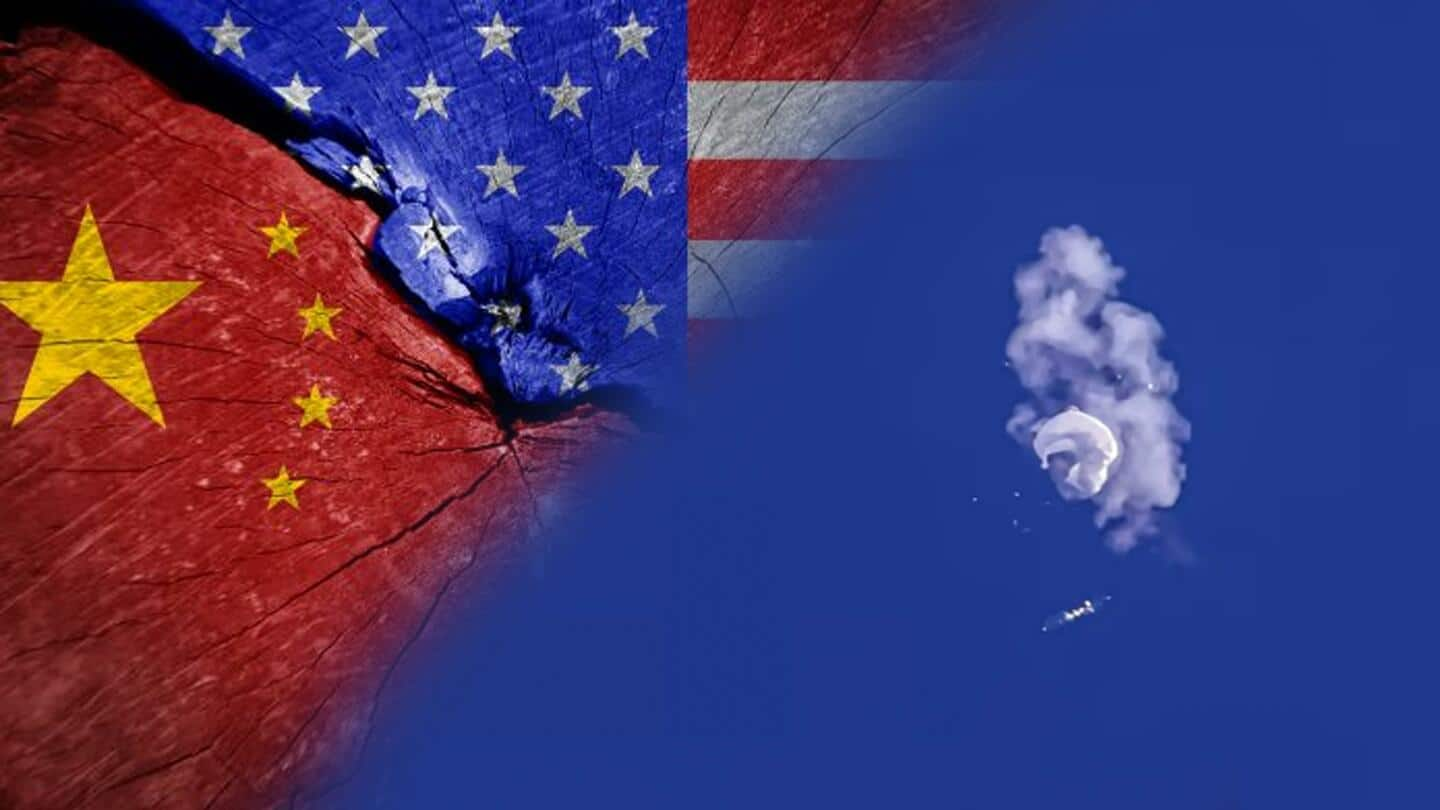
US declines to return suspected 'spy' balloon debris to China
What's the story
The United States said on Monday it has no plans to return the alleged spy balloon to China, which is being recovered from the Atlantic. National Security Council spokesperson John Kirby said the debris had scattered over a sizable area, and some remnants have been collected off the surface of the sea. However, proper undersea surveillance couldn't be carried out owing to weather conditions.
Context
Why does this story matter?
Days after claiming that a Chinese spy balloon was surveilling its sensitive nuclear weapons sites, the US shot down the balloon using a fighter jet on President Joe Biden's orders. Meanwhile, tensions between the two countries rose following allegations of spying. However, China claimed it was a weather observation airship with no military purpose and called the US action an "overreaction."
Recovery
Will get to bottom of ocean soon: Kirby
Kirby said the debris recovery exercise has just started, and US personnel will soon be able to get down at the bottom of the ocean and take a better look at it. He also said that the personnel took measures to incapacitate the balloon's ability to spy while simultaneously maximizing their potential to collect intelligence and information from it.
Statement
Balloon had propellers, wasn't merely drifting: Kirby
Contrary to China's claims that the balloon strayed off course, Kirby said the balloon was not merely drifting but was maneuverable and had propellers and steering to guide its direction. However, he said despite its propellers and rudders, the biggest factor determining its direction was the jet stream wind as it was flying at an altitude much higher than that of commercial air traffic.
Colombia
Similar object spotted over Colombia
The suspected spy balloon was shot down after it traversed the US and crossed over the east coast. Simultaneously, the US spotted another similar airborne object flying over South America and sounded an alert. A day later, Colombia confirmed sighting the object, which had characteristics similar to a balloon. However, it said the flying object didn't constitute a threat to national or aviation security.